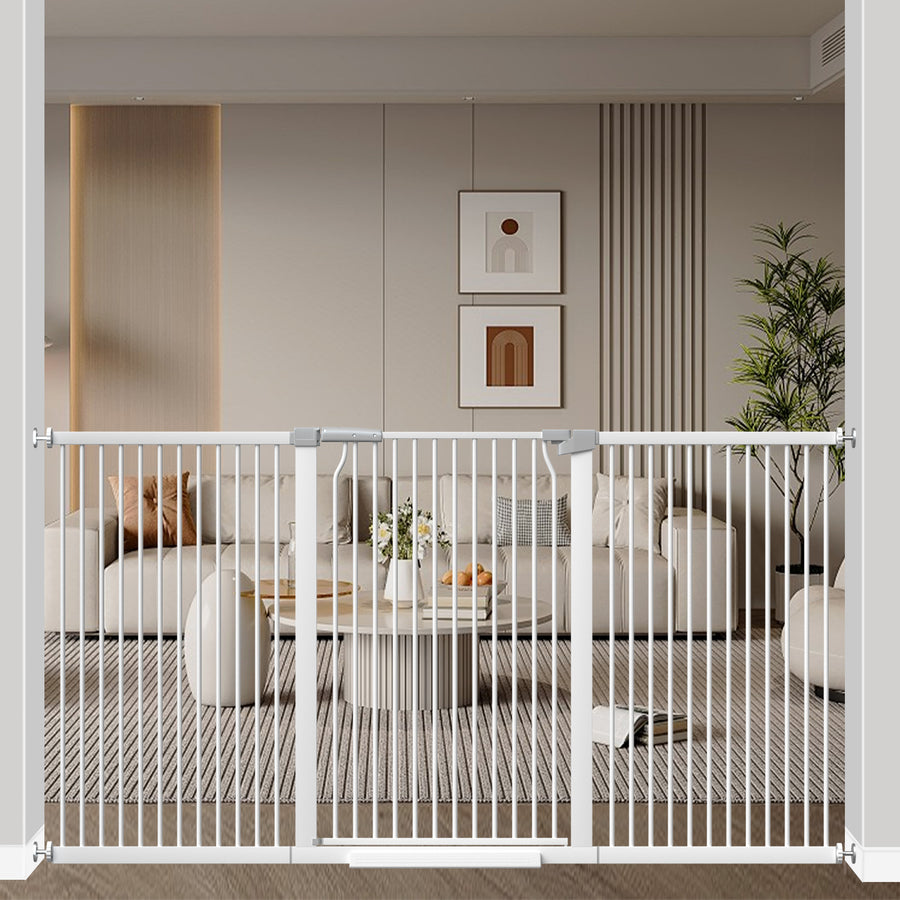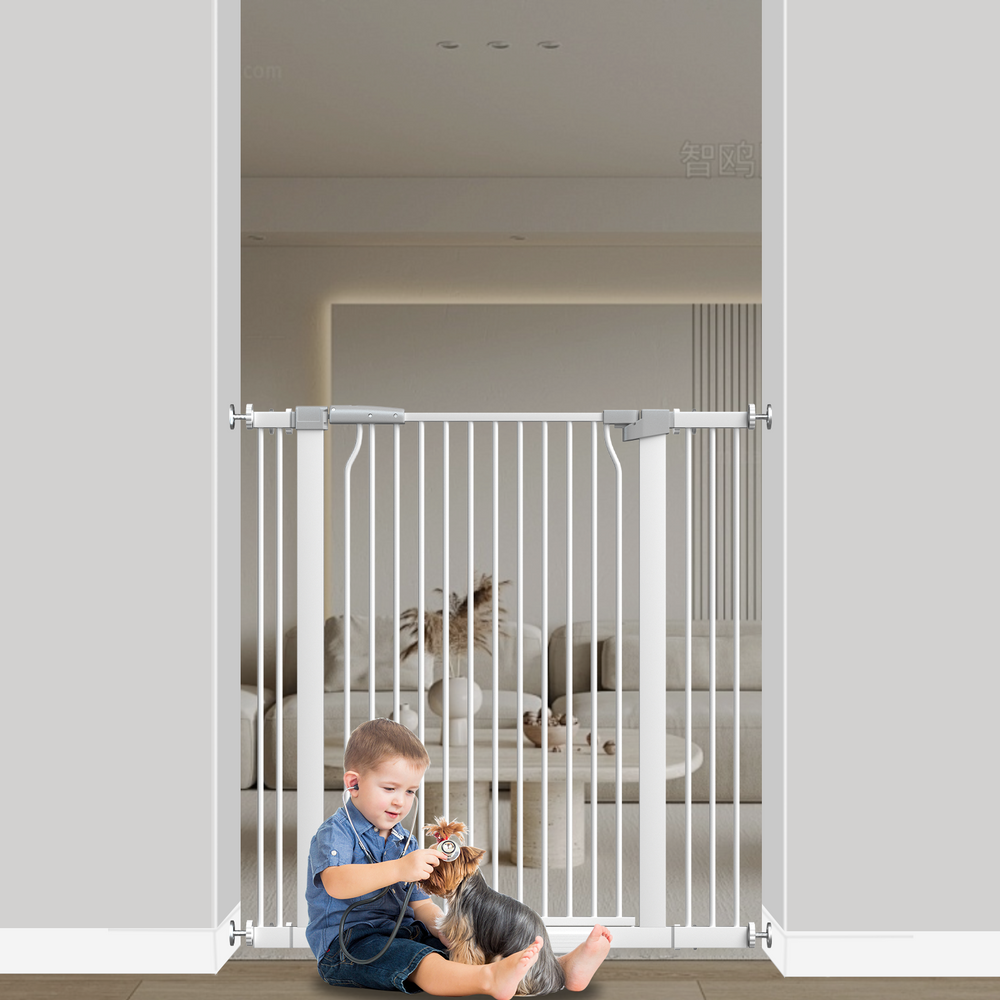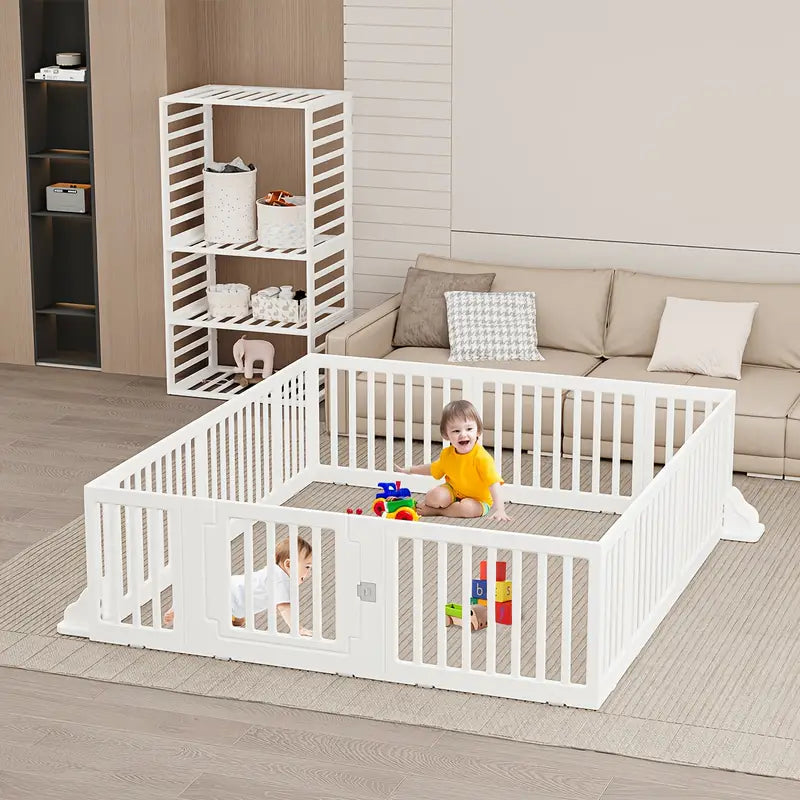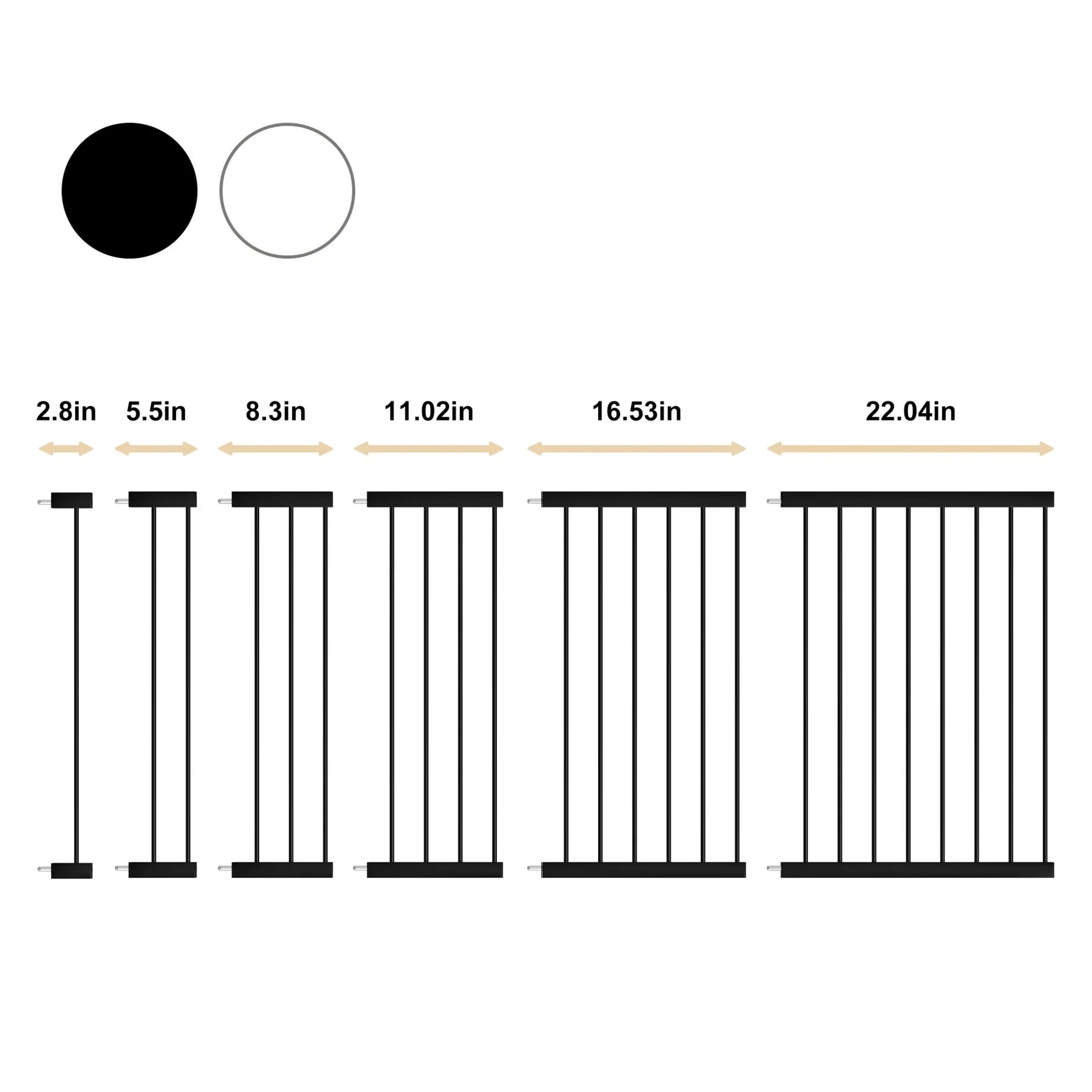Mastering Safe Babywearing Techniques: Essential Tips for New Parents
Understanding Safe Babywearing Techniques
Babywearing can be a wonderful experience for both parents and babies, but it's super important to get the hang of it safely. It's not just about convenience; it's about making sure your little one is secure and comfortable. Let's explore the key aspects of safe babywearing.
Importance of Babywearing Safety
Safe babywearing is paramount for your baby's well-being. It's easy to get caught up in the cute factor or the convenience, but safety should always be your top priority. Proper techniques help prevent falls, ensure adequate breathing, and support healthy hip development. Think of it as buckling up in a car – it's a non-negotiable aspect of the journey. It also helps to promote successful breastfeeding.
Common Safety Concerns
Most safety worries come down to keeping your baby's airway clear and giving their back and neck the support they need. You also want to make sure the carrier fits right and that you're using it the right way. It's easy to make mistakes, especially when you're tired or distracted, so it's good to be aware of the common pitfalls. For newborns, make sure their head and neck are well-supported.
Benefits of Safe Babywearing
When done right, babywearing offers a ton of perks. Besides keeping your baby close and content, it frees up your hands, lets you move around more easily, and can even help with bonding. Plus, it can be a real lifesaver when you're trying to juggle errands or household chores. It also reduces separation anxiety and promotes a sense of security.
Choosing the Right Baby Carrier
Choosing a baby carrier can feel overwhelming, but it's a really important step in making babywearing a positive experience for both you and your little one. There are so many options out there, and what works for one family might not work for another. Don't worry, we'll break it down.
Types of Baby Carriers
Okay, let's talk about the different types of carriers you'll encounter. There are wraps, which are long pieces of fabric you tie around yourself. They're great for newborns because they offer a snug and customizable fit. Then you have slings, which are simpler to use than wraps and good for quick ups and downs. Soft structured carriers (SSCs) are probably the most popular type; they have buckles and straps and offer good support for both you and baby. Finally, there are framed carriers, which are best for hiking and longer outdoor adventures. Each type has its pros and cons, so it's worth doing some research to see what fits your lifestyle.
- Wraps: Best for newborns, snug fit.
- Slings: Quick and easy to use.
- Soft Structured Carriers: Versatile and supportive.
Factors to Consider
So, how do you actually choose? First, think about your baby's age and weight. Some carriers are only suitable for newborns, while others can accommodate older babies and toddlers. Make sure the carrier you choose is appropriate for your baby's size and developmental stage. Also, consider your own comfort. If you have back problems, you'll want a carrier with good lumbar support. Think about the climate you live in, too. Some carriers are more breathable than others, which is important in hot weather. And, of course, budget plays a role. Carriers range in price from affordable to quite expensive, so set a budget before you start shopping. Don't forget to check if the carrier is right for you.
- Baby's age and weight
- Parent's comfort and ergonomics
- Climate and breathability
Carrier Fit and Comfort
Once you've narrowed down your options, it's time to think about fit and comfort. A good carrier should distribute your baby's weight evenly across your body, preventing back and shoulder pain. The straps should be adjustable so you can get a snug and secure fit. Your baby should be positioned in an ergonomic "M" shape, with their knees higher than their bottom. And, of course, you should be able to easily monitor your baby's breathing and position. If possible, try on a few different carriers before you buy one. Some baby stores or babywearing groups offer carrier libraries where you can borrow carriers to try them out. This is a great way to see what works best for you and your baby. Remember, a comfortable carrier means you're more likely to use it, and that means more bonding time with your little one. If you are experiencing issues with the website, you can enable cookies to resolve the problem.
It's also a good idea to check the carrier's safety certifications. Look for carriers that have been tested and approved by organizations like the Juvenile Products Manufacturers Association (JPMA). This will give you peace of mind knowing that the carrier meets certain safety standards.
Proper Positioning for Babywearing

Optimal Baby Position
Getting the position right is super important for your baby's comfort and safety. The goal is to mimic how they'd naturally curl up in your arms. You want them snug against you, but not so tight that they can't move a little. Think about how a frog sits – that's the kind of position we're aiming for. It's all about supporting their natural posture.
The M Shape Explained
The "M" shape is key. This refers to the position of your baby's legs when they're in the carrier. Their knees should be higher than their bottom, creating that distinct "M" shape. This position supports their hips and promotes healthy hip development. If their legs are dangling straight down, it can put unnecessary strain on their joints. Always double-check that baby's hips are properly positioned each time you use the carrier.
Head and Neck Support
Newborns especially need good head and neck support because they don't have the strength to hold their heads up on their own yet. Make sure the carrier comes up high enough to support the back of their head and neck. As they grow and gain more control, you can adjust the carrier accordingly. Always keep an eye on them to make sure their chin isn't tucked into their chest, which can restrict their breathing. Proper neck support is a must.
It's easy to get caught up in the day and forget to check on your baby's position. Set a reminder on your phone to do a quick check every 15-20 minutes, especially when you're first getting used to babywearing. A little adjustment can make a big difference in their comfort and safety.
Ensuring Baby's Airway is Clear
Monitoring Baby's Breathing
Okay, so this is super important. You absolutely have to keep an eye on your baby's breathing when they're in a carrier. It's not enough to just assume they're fine. You need to be actively checking. Listen for their breaths, watch their chest rise and fall. If you're not sure, get closer and feel for their breath on your cheek. It might seem like overkill, but it's way better to be safe than sorry. I remember one time, I thought my little one was just sleeping soundly, but when I checked, her face was pressed against the carrier fabric. Scared me half to death! Now I'm extra vigilant.
Adjusting Carrier for Visibility
The key here is to make sure you can always see your baby's face. If the carrier is too tight or the fabric is bunched up, it can block their nose and mouth. Adjust the straps and fabric so that their face is visible at all times. This way, you can easily monitor their breathing and make sure they're comfortable. Plus, being able to see their face lets you catch those adorable baby smiles! If you have a structured carrier, sometimes they aren't the best for smaller babies, so you may need to adjust the height of the baby within the carrier.
Avoiding Obstructions
Think about anything that could potentially block your baby's airway. This includes the carrier fabric itself, but also things like blankets, scarves, or even your own clothing. Make sure nothing is pressing against their face or restricting their breathing. And be extra careful when you're bending over or moving around, as this can cause the baby's position to shift and potentially obstruct their airway. It's also a good idea to avoid using carriers in situations where there's a risk of smoke or fumes, as these can also irritate your baby's airways. Always confirm that all straps and fastenings are secure and that your baby cannot fall out. If you are unsure about infant massage, consult a professional.
Keeping your baby's airway clear is non-negotiable. It's the most important thing you can do to ensure their safety while babywearing. Don't be afraid to adjust the carrier, reposition your baby, or even take a break if you're not comfortable. Trust your instincts and always prioritize your baby's well-being.
Here's a quick checklist to help you remember the key points:
- Always keep baby's face visible.
- Ensure nothing is pressing against their face.
- Regularly check their breathing.
- Adjust the carrier as needed.
- Be extra careful when bending or moving.
Maintaining Comfort During Babywearing
Dressing for the Weather
Okay, so dressing for the weather seems obvious, but it's super important when you're babywearing. You're basically adding another layer of warmth with the carrier and your body heat. Think about what you're wearing and then adjust your baby's clothing accordingly. Overheating is a real concern, especially in warmer months.
- Hot Weather: Lightweight, breathable fabrics for both of you. Hats for baby are a must! Consider a sun hat to protect them from the sun.
- Cold Weather: Layers are your friend! Easy to add or remove as needed. Don't forget mittens and a hat for the little one. A carrier cover can also be a lifesaver.
- Rainy Weather: Waterproof carrier cover or jacket that fits over both of you. Make sure baby's face is still visible and they're getting enough air.
Regular Comfort Checks
It's not a 'set it and forget it' situation. You need to check on your baby regularly to make sure they're comfortable. Are they too hot or too cold? Is anything digging into their skin? Are their legs still in that nice "M" position? A quick check can prevent a lot of fussiness (and potential problems) down the road.
Here's what I usually look for:
- Color of baby's skin (not too red or pale)
- Baby's posture (relaxed, not stiff)
- Any signs of rubbing or pressure marks
Gradual Increase in Wear Time
Don't go from zero to six hours of babywearing in one day! Start slow and gradually increase the amount of time you're wearing your baby. This gives both of you time to adjust and build up your babywearing endurance. Plus, it helps you figure out if there are any issues with the carrier fit or your baby's positioning before you're stuck wearing them for hours.
Think of it like breaking in a new pair of shoes. You wouldn't wear them for a marathon on day one, right? Same goes for babywearing. Start with short walks around the house, then gradually increase the distance and duration. Pay attention to your body and your baby's cues, and don't push it too hard, too fast.
Practicing Safe Babywearing Techniques
T.I.C.K.S. Guidelines
Okay, so you've got the carrier, you've watched some videos, but how do you really know you're doing it right? That's where T.I.C.K.S. comes in. It's a handy acronym that the babywearing community uses, and it's honestly a lifesaver. It stands for Tight, In view at all times, Close enough to kiss, Keep chin off chest, and Supported back. Following these guidelines will help ensure your baby's safety and comfort while babywearing.
- Tight: The carrier should be snug, holding your baby securely against you. Not so tight that it restricts movement, but enough to prevent slumping or falling.
- In view at all times: You should always be able to see your baby's face. This lets you monitor their breathing and overall well-being. If you can't see their face, adjust the carrier.
- Close enough to kiss: Your baby should be positioned high enough on your chest that you can easily kiss the top of their head. If they're too low, reposition them.
- Keep chin off chest: Make sure there's always a space of at least two fingers between your baby's chin and chest. A baby's airway can be compromised if their chin is pressed against their chest.
- Supported back: Your baby's back should be supported in its natural position. For newborns, this often means a rounded back, while older babies can have a straighter back. The carrier should provide adequate support.
It's easy to get caught up in the convenience of babywearing and forget to check these things regularly. Make it a habit to run through the T.I.C.K.S. checklist every time you put your baby in the carrier. It only takes a few seconds and can make a huge difference.
Common Mistakes to Avoid
Even with the best intentions, it's easy to make mistakes when you're first starting out. Here are some common pitfalls to watch out for. One of the most common mistakes is not choosing the right carrier for your baby's age and size. Another mistake is dressing the baby too warmly. Overheating is a real concern, so dress your baby in light layers and check their temperature frequently. Also, make sure you are aware of your surroundings. Bending at the knees is important to avoid hurting your back.
- Using a carrier that's too big or too small.
- Not adjusting the carrier properly.
- Forgetting to check on the baby regularly.
Learning Through Practice
Babywearing is a skill, and like any skill, it takes practice to get it right. Don't be discouraged if you don't feel like a pro right away. Start with short babywearing sessions at home, gradually increasing the time as you and your baby become more comfortable. Practice in front of a mirror so you can see what you're doing and make sure your baby is positioned correctly. Consider joining a local babywearing group or attending a workshop. These groups can provide support, advice, and hands-on help. Don't be afraid to ask questions! Experienced babywearers are usually happy to share their knowledge and tips. The more you practice, the more confident and comfortable you'll become, and the more you and your baby will enjoy the benefits of babywearing.
Benefits of Safe Babywearing for Parents and Babies

Babywearing isn't just a practical way to keep your little one close; it's a game-changer for both of you. It's about making life easier and building a stronger connection with your baby. Let's explore the amazing perks that come with safe babywearing.
Emotional and Intellectual Growth
Babywearing can seriously boost your baby's emotional and intellectual development. Being close to you helps them feel secure, which is super important for their growth. It's like giving them a constant hug, which makes them feel safe and loved. This closeness can lead to better emotional regulation and cognitive development down the road. Plus, they get to see the world from your perspective, which is way more interesting than staring at the ceiling all day.
Promoting Bonding and Attachment
Babywearing is a fantastic way to strengthen the bond with your baby. When they're close, you're more in tune with their needs. You can quickly respond to their cues, whether it's a little whimper or a hungry sigh. This responsiveness builds trust and security, which are the foundations of a strong attachment. It's all about creating a loving and secure environment where your baby feels safe and cherished. Think of it as a continuous conversation between you and your little one, strengthening your connection with every step. This is especially helpful in promoting successful breastfeeding.
Practical Benefits for Parents
Let's be real, being a parent is hard work. Babywearing can make things a whole lot easier. Imagine having both hands free to tackle everyday tasks while your baby is happily snuggled against you. You can cook, clean, shop, or even chase after older kids without having to put the baby down. It's like having an extra set of hands! Plus, it's great for getting around in crowded places where strollers might not fit. Babywearing also makes it easier to be responsive to your baby's needs, which can reduce crying and fussiness. It's a win-win for everyone involved. It also helps parents be more responsive to their babies' needs, and reduces separation anxiety.
Babywearing offers a unique blend of emotional and practical advantages. It's not just about convenience; it's about fostering a deeper connection with your child while navigating the demands of daily life. By choosing safe babywearing practices, you're investing in your baby's well-being and your own peace of mind.
Wrapping It Up: Embrace Safe Babywearing
In the end, babywearing can be a game changer for new parents. It’s not just about keeping your hands free; it’s about bonding with your little one while you go about your day. Remember to pick the right carrier, check the fit, and keep an eye on your baby’s comfort and safety. It might take a bit of practice to get the hang of it, but once you do, it can feel pretty natural. So, take your time, enjoy the closeness, and don’t hesitate to reach out to the babywearing community for support. Happy babywearing!






Leave a comment